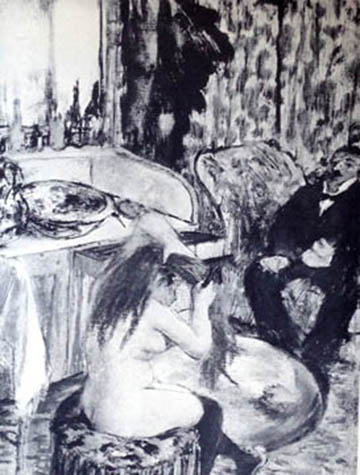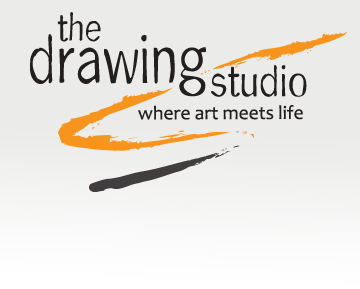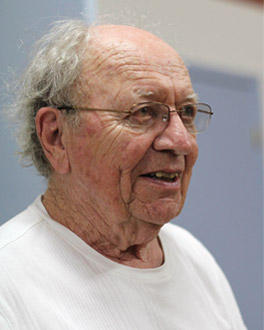
For those who are not familiar with the monotype process, a word of explanation. Monotype has come to refer to a work of art made by drawing or painting with printer’s inks (often diluted) onto a metal or plastic printing plate, then printing the result onto paper using a hand etching press. Hence the name ‘mono’, i.e, one print only.
The origin of monotypes may have started with the well-known French impressionist Edgar Degas, as a way of playing with the cleaning process after printing an etching plate. After a printing session, residual ink on a plate is reduced with a thinner to wipe the plate clean, and one can imagine all kinds of images as one cleans that invite exploration with fingers or sticks or rags to shape the fleeting and passing composition, then using the press to ‘print’ a ‘monotype’.
Degas may not have been the first artist to make monotypes, but he might well have been the first to formally publish them. His most famous series were subjects from a house of prostitution he visited often, one of which is shown here. Given the unlikelihood that he took plates and messy inks to the bordello, and recalling that Degas was an early photographer, I assume the series of monotypes were made in an etching studio from his own casual snapshots. He kept his experiments and interest in photography private for the most part, but the influence of the ‘stop’ action and cropped views that the camera naturally produces is very relevant to his work, especially in his monotypes and pastels.
Today many printmaking studios like The Drawing Studio offer special monotype sessions for artists looking to explore the happy accidents of ink and color as a way to loosen up their work. Degas was one of the first, using the playfulness of ink to generate new experiments in composition, light and dark patterns. Degas was, of course, one of the pioneers of the anti-academic revolution called Impressionism in 19th century France.




One Response to Degas and the Monotype Process